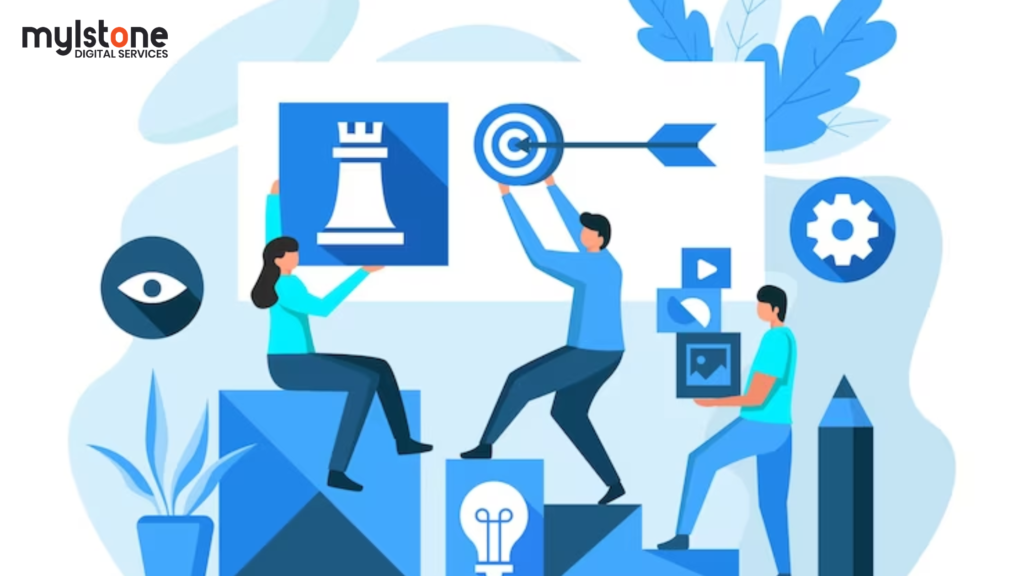Without initially determining the purpose of your product or service, you cannot develop an effective marketing strategy. What do you market? Where do your clients reside? What distinguishes your company from all the others in the field of digital marketing? Once you have the answers, you can categorize your customers and begin implementing techniques that will grab their attention and encourage them to make a purchase from your company. We’ve put together some ideas below to provide you some guidance as you begin to develop that ideal digital marketing strategy.
Optimization for search engines (SEO)
In order to boost online traffic from search engines and increase exposure for brands and products on search engine results pages, SEO (search engine optimization) entails increasing the visibility and reach for a specific website within search engines like Google by using various online marketing techniques. Customers are more likely to find your company when they hit enter in the browser’s search bar if you make sure your product is related to several relevant words and phrases that they might use when looking for a certain item.
Pay-Per-Click (PPC) (PPC)
Term for Google Search Pay-per-click, or PPC, is another name for PPC. This type of advertising is most effective when the keywords you should use in your advertisement (also known as “tail keywords”) appear at the end of an online search. In fact, studies show that those who click on sponsored links are 50% more likely than those who click on organic listings to make a purchase, pick up the phone, or submit an RFQ. Even if you currently have a lot of organic traffic, PPC can assist close any gaps in your keyword targeting and provide you a competitive edge over your competitors by making several appearances at the top of search results.
Content Marketing
Content marketing varies from strategic SEO strategies in that it aims to give potential customers information that will help them through the purchasing process. Understanding your buyer persona and target market can help you reach out with focused, useful content that boosts brand loyalty by showing potential buyers that your company is well-known and well-liked. Although there are many different content types one can produce, including blogs, eBooks, case studies, and infographics, the information should ideally be transactional rather than informative to help drive sales by introducing potential customers to products and assisting them in deciding which is best for their needs.
Use of social media
A great technique for reaching consumers at a cheaper cost than some other forms of advertising is social media. You may grow your brand’s following on social media by employing content, as well as through paid advertisements that may be geo-targeted or displayed just to followers who have already visited your website. The advantage of social media is that it is highly targeted and enables you to “remarket” to prior customers in order to show them fresh information, services, goods, and deals.
Email Promotion
Businesses have found email to be a successful talking point. It has enjoyed a period of popularity and will probably continue to do so until there is a better alternative way. Because current consumers receive crucial information, such as exclusive bargains or offers, email marketing can help maintain their interest in your firm. You may remind your audience about the services or goods your business offers that can pique their interest now or in the future thanks to email’s direct connection to potential customers.
